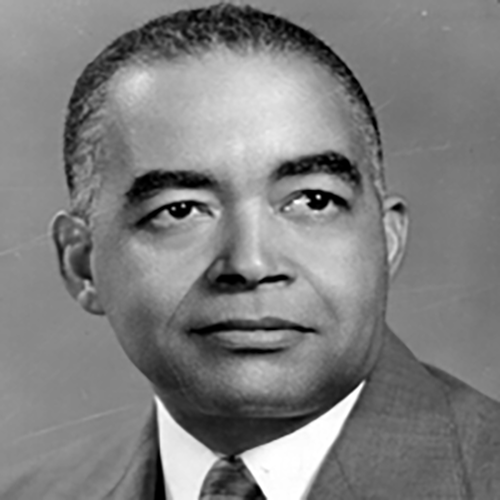
Dr. Albert E. Manley became the first Black and the first male president of Spelman College in 1953. An advocate for equality and education, he believed women were as capable of leadership as men and emphasized the achievement of excellence in all aspects of life.
Dr. Manley was born in Honduras in 1908 to parents of Jamaican descent. He was one of seven children and was sent by his mother to Guatemala and Belize for his early schooling before settling in Virginia to live with relatives. He graduated cum laude from Johnson C. Smith University in 1930 after majoring in physics and mathematics. He returned to his high school alma mater to teach and later became the school's principal.
In 1938, Dr. Manley earned his master's degree in secondary school administration from Teachers College at Columbia University. He served as the state supervisor of Black high schools for North Carolina before receiving a Rockefeller Foundation grant to study secondary schools and colleges on the West Coast. In 1946, he earned a doctorate in education from Stanford University and is believed to be the first Black man to do so in that department.
Dr. Manley was the dean of the College of Arts and Sciences at North Carolina College in Durham before taking on the presidency at Spelman. In 1964, Manley Hall was named in honor of Dr. Manley's late wife, Dorothy Shepherd Manley. In 1970, he married Spelman alumna Dr. Audrey Forbes Manley, C'55, who would later become the eighth and first alumna president of the College. Dr. Albert E. Manley retired from Spelman College after 23 years of service in 1976. In 1997, his book A Legacy Continues: The Manley Years at Spelman College 1953 – 1976 was published. He died in Montego Bay, Jamaica, in 1997.